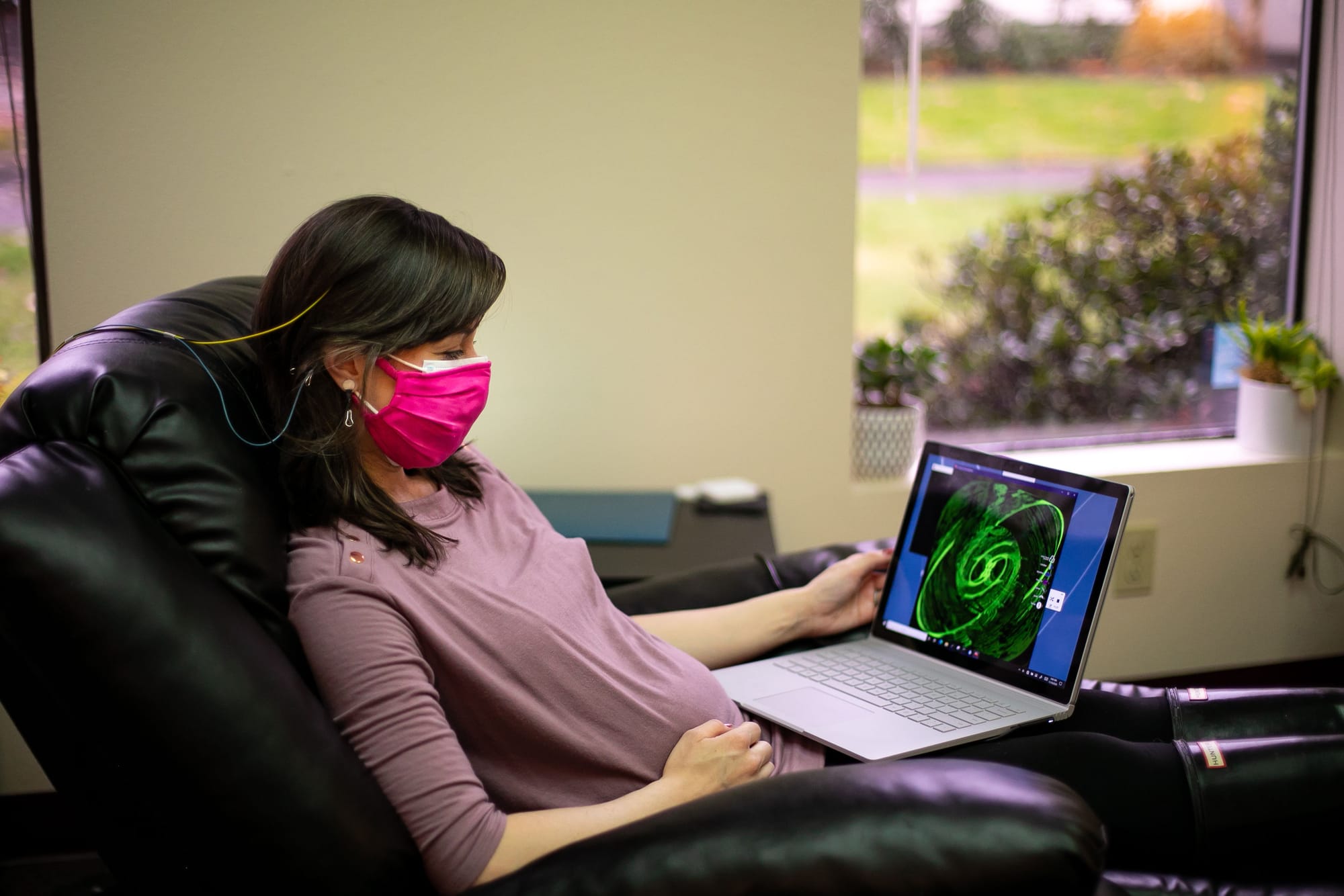How does neurofeedback work?

When you first heard of the term neurofeedback, what did you think?
You might have furrowed your eyebrows in confusion and wondered: ‘What is that?'
And I get it. It might seem intimidating, especially when you don’t know much about it. But trust me, the more you read on the subject and the more you find out about neurofeedback, the more you will love it.
So with that in mind, I’d like to tell you more about neurofeedback and how it works. But first, let’s see what it is.
What Is Neurofeedback?
You know how in order to be able to run 5 miles you need to train your body to run a little further, every single day? Because you won't be able to run all 5 miles from the get-go, especially if you're a beginner. You have to start slowly, with one mile, or even half a mile, and build up from there.
Now, the same thing can be said about the brain. In order to improve in certain departments, you need to train your brain gradually and regularly. And essentially, you can do that through neurofeedback.
Neurofeedback is a type of biofeedback that teaches self-control of brain functions by measuring a person's brain waves and providing them with a feedback signal. Using this feedback, the brain will learn how to function more efficiently.
Neurofeedback can be used by people of all ages. This means that it can be used by young children, teenagers, adults, and even seniors. For young clients, this particular biofeedback mechanism can help with autism, ADHD, emotional and behavioral issues, learning and developmental delays, struggles in school, and difficulties in regulating emotions.
For older patients, neurofeedback can help with anxiety, depression, obsessive-compulsive behavior, sleep issues, migraines, and memory.
Neurofeedback is highly recommended by many professionals such as:
- Psychologists
- Therapists
- Counselors
- Naturopathic physicians
What happens in a neurofeedback session?
You (or your child) will then be placed in a quiet space and in a comfortable position. The trainer will attach special sensors to your head that will feed your brain wave patterns into the NeurOptimal® program’s software.
A neurofeedback training session is relaxing, enjoyable and lasts 33 minutes. As the session starts, you will hear music play though headphones and perhaps watch relaxing geometric images gently morph across a computer screen. You will hear occasional “skips” or interruptions in the music – this is the signal that prompts your brain to “reset” and optimize itself. Instead of listening to the relaxing music, children may choose to watch a movie.
At the end of a session, clients often report feeling less stressed and more mentally clear. Many users experience deeper sleep and vivid dreams after their very first session.
If you are interested in trying this modality, take advantage of the discounted 3-session package.
Bottom Line
Without a doubt, the best way to understand neurofeedback is to try it. Once you go through this non-invasive procedure, you can see for yourself the mechanisms behind neurofeedback and the effects that this practice has on the brain.
And luckily, you don’t have to search long for professional help. I am here to assist you on your journey towards improvement. So in case you’re curious about neurofeedback, have areas that you’d like to perfect, are suffering from any of the aforementioned conditions, or simply have a child that could benefit from the use of neurofeedback, then I suggest you contact me.
Not only will I make sure you understand neurofeedback, but I’ll make sure you’ll end up reaping the benefits it has to offer.




